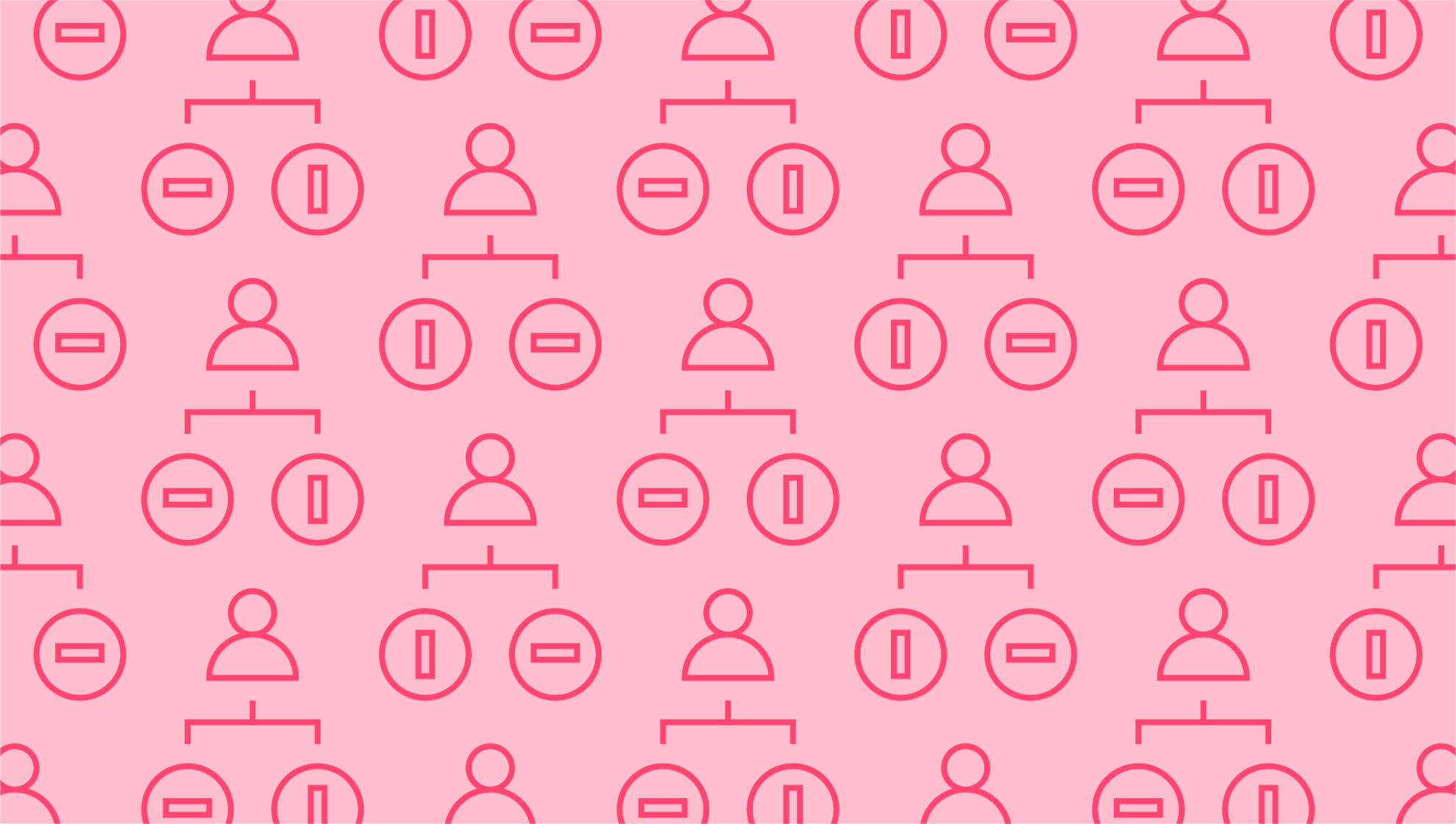Last editedOct 20212 min read
Predatory pricing is an illegal practice of deliberately using low prices to eliminate the competition and create a monopoly. Want to know more? Explore everything you need to know with our guide to predatory pricing, right here.
What is predatory pricing?
Predatory pricing is a deliberate act of selling goods at a loss in order to force competition out of the market. However, it can be hard to prosecute companies for predatory pricing due to the difficulty of distinguishing between fair competitive pricing and illegal predatory pricing.
Pricing is only considered predatory if its goal is to price competitors out of the market. If a pricing strategy is set lower for reasons other than eliminating rivals, then pricing is not considered predatory. There are various examples of price-lowering strategies which aren’t illegal. Penetration pricing, for instance, involves lowering prices by a small percentage for a short amount of time to capture a larger market share.
Predatory pricing examples
There are a number of predatory pricing examples which can be drawn upon, including the 1994 Darlington bus wars. Busways (a new entrant into the bus market) offered free bus rides to try and force their competitor, Darlington Transport Company, out of business. Not only did they offer free travel, but they also attracted bus drivers from their rival by paying higher wages. They were successful in creating monopoly power, as Darlington Transport Company went out of business. Busways was reported and the Monopolies and Mergers Commission (MMC) confirmed that Busways had practiced illegal predatory pricing.
What does predatory pricing involve?
Companies that partake in predatory pricing will lower their prices when new competitors enter the market, and then raise them again when the competitor exits. The company practicing predatory pricing will experience losses by setting prices below cost, but in doing so, they make it impossible for competitors to remain in the market. Fortunately, predatory pricing is not a simple practice and keeping prices low enough for long enough is not something all companies can afford. Not only this, but once a predatory company starts to charge higher prices again, their position as a price leader is then in jeopardy.
How does predatory pricing hurt consumers?
Consumers may benefit from lower prices in the short term, but can predatory pricing hurt consumers? Simple answer: yes, if the company is successful in eliminating its competition. This is because there will then be a sudden rise in price, a decline in choice and a barrier to entry for new businesses. However, this shouldn’t be confused with a competitive market. In fact, predatory pricing actually stops healthy competitive markets from producing reasonable prices.
The effects of predatory pricing
Predatory pricing has some positive short-term effects for customers, like low prices, but once this practice is successful, it can seriously harm the market.
In the short term, predatory pricing can boost competition, creating a buyer’s market with lower prices and wider choice to enjoy. This comes at a cost for the predatory company, who will be financing a period of loss to eliminate their competition, while their competition will be doing the same to try to keep the pace. Companies that aren’t able to sustain themselves against the predatory company will lose customers and eventually go out of business. This is when the advantages for consumers can quickly reverse, as a monopolistic marketplace is now in place, giving the predatory company the power to sharply raise prices to compensate for the loss.
With higher prices and reduced choice, product quality can drop. Therefore, customers not only experience price increases, but a drop in the quality of a product or service.
We can help
GoCardless helps you automate payment collection, cutting down on the amount of admin your team needs to deal with when chasing invoices. Find out how GoCardless can help you with ad hoc payments or recurring payments.

